Hidden Identity Biofeedback Collaborative Game
A new breed of social deduction game, blending real-time biofeedback with interactive digital gameplay. Built as a capstone at The University of Queensland.
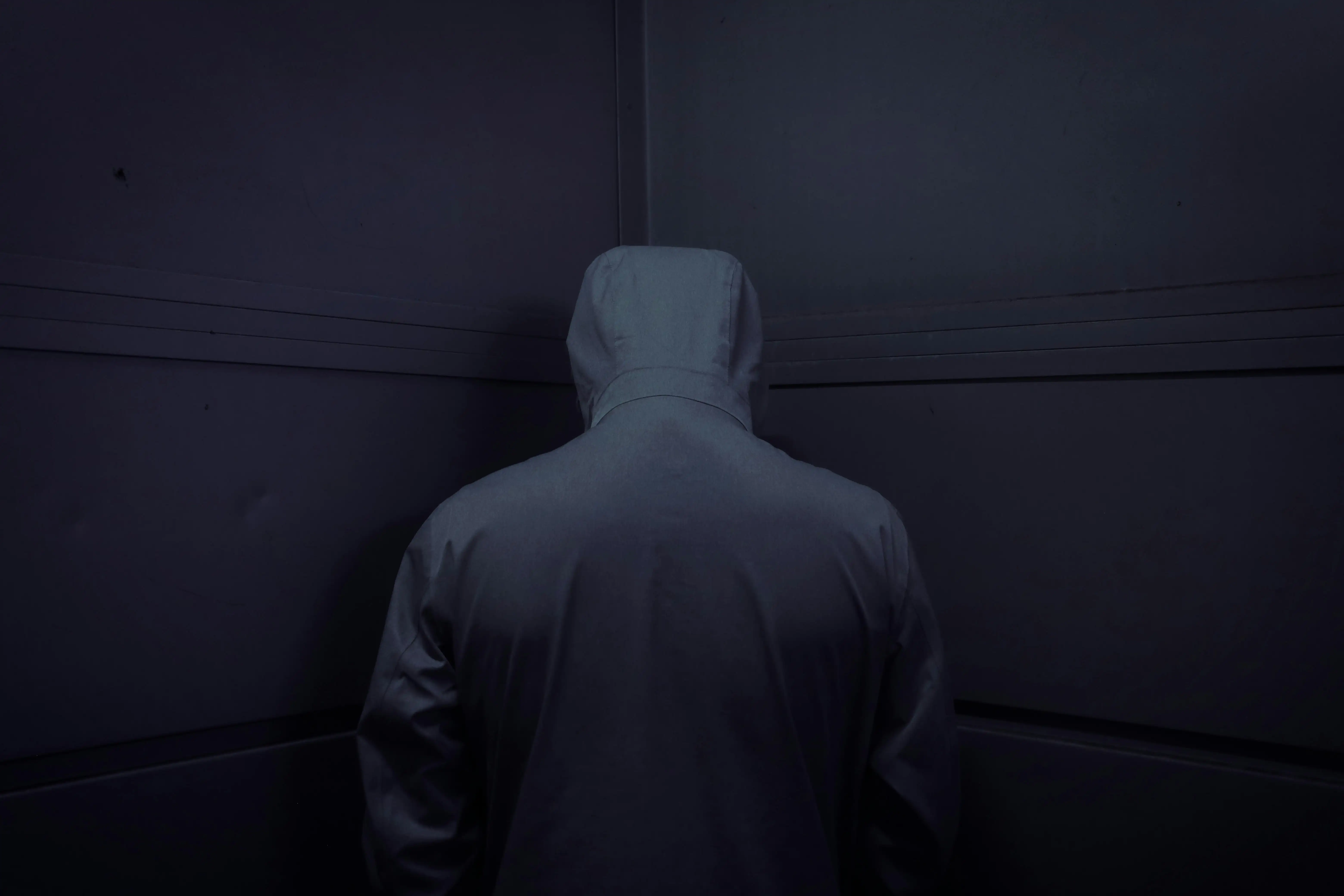
Live demo: biosalem.fly.dev (server may take a moment to wake up)
What do you get when you cross Town of Salem-style deception with real-time biometric data? An entirely new experience in interactive, collaborative gaming—where your own heart might just betray your intentions.
Project Overview
As team lead and lead developer, I brought this game to life as my final group project at The University of Queensland. Our goal: Transform the hidden identity genre by introducing physiological signals—like heart rate and sweat response—directly into live gameplay.
Traditional hidden identity games rely on social cues and verbal sparring. We raised the stakes by integrating biofeedback sensors. Now, nervousness, bluffing, and deception become visible, tangible parts of the action, creating a game where you're strategizing with both your mind and your body.
How It Works
Step 1: Game Setup
A host starts a game on a central screen. Players gather around for an immersive local multiplayer experience.
Step 2: Player Join
Each player joins via their smartphone by scanning a QR code, receives their secret role, and interacts through their own interface.
Step 3: Biofeedback Integration
At critical moments—like when a player is accused in a trial—the selected player's real-time heart rate and sweat level are visualized for all to see.
Step 4: Strategic Gameplay
Players must not only maintain a poker face, but also manage their physiological responses under pressure. The outcome? A tense, interactive environment where truth, lies, and bio-signals collide.
Key Features
- Live biofeedback integration: See your friends' heart rates spike when they're accused, making social deduction more psychologically intense.
- Town of Salem-inspired mechanics: Familiar day/night cycles, roles, and strategic voting, elevated by the new "read the body" layer.
- Cross-device, local multiplayer: Central game board + player mobile devices, all in sync through real-time websockets.
- Seamless onboarding via QR code scan.
- Optional: Play without sensors for a classic experience.
Technologies Used
My Impact & Achievements
- Led the team and established the overall technical architecture
- Programmed the core game logic (frontend and backend)
- Engineered real-time communication and data visualization for biometric input
- Implemented CI/CD pipelines and handled cloud deployment
- Managed pivots due to hardware and team constraints, delivering a playable, engaging demo on time
Challenges & Lessons
Building a game with live biofeedback meant navigating hardware drama (fickle sensors, limited supply) and team dynamics. I set up Agile workflows and took initiative when needed, learning to adapt leadership styles and make tough scope calls to deliver a shippable prototype despite challenges.
Team coordination proved to be one of our biggest hurdles, alongside hardware access and procurement challenges that significantly impacted our development timeline. This forced us to carefully prioritize features and creatively work around resource constraints while still delivering a polished end product.
Gallery
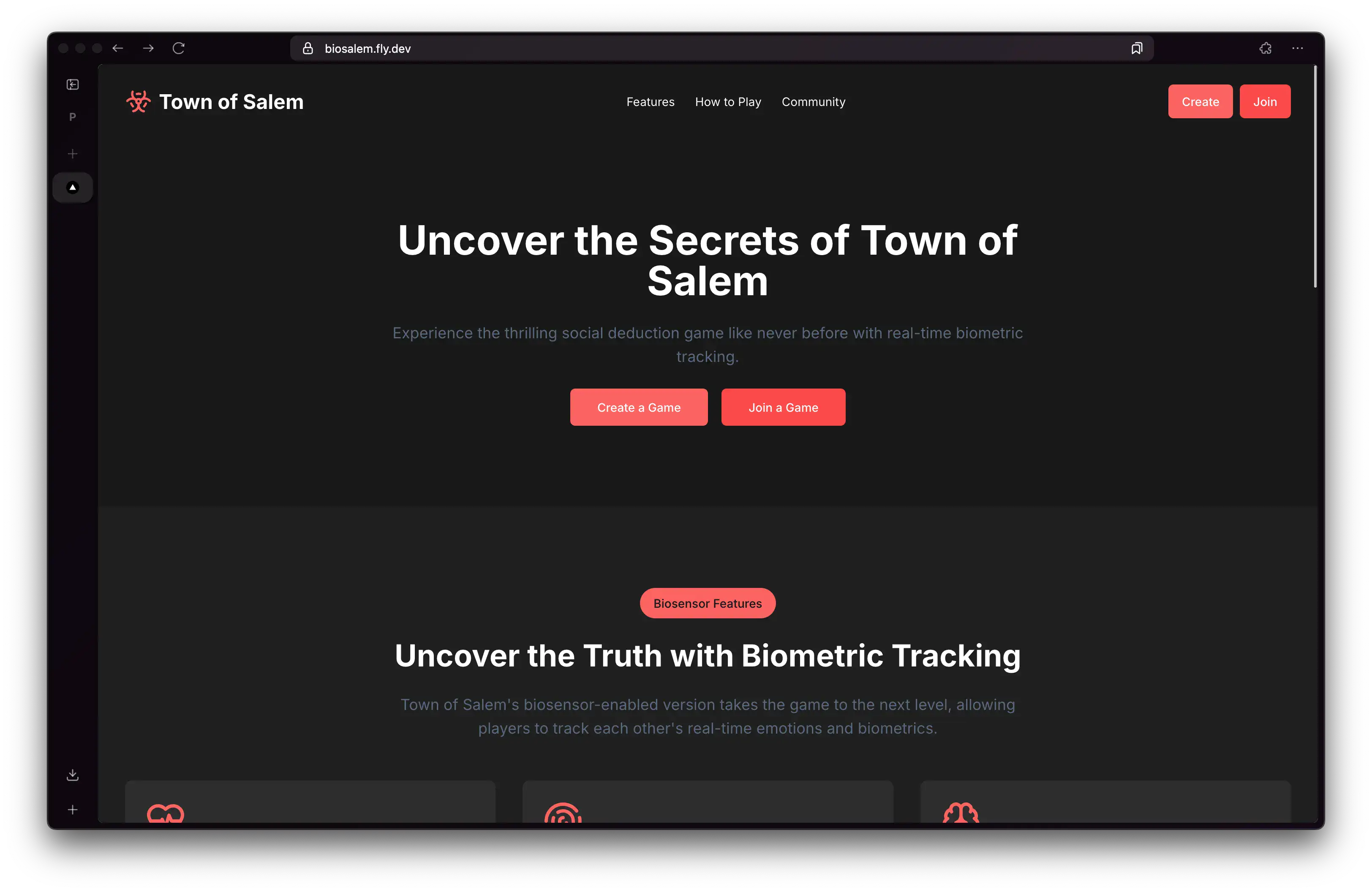
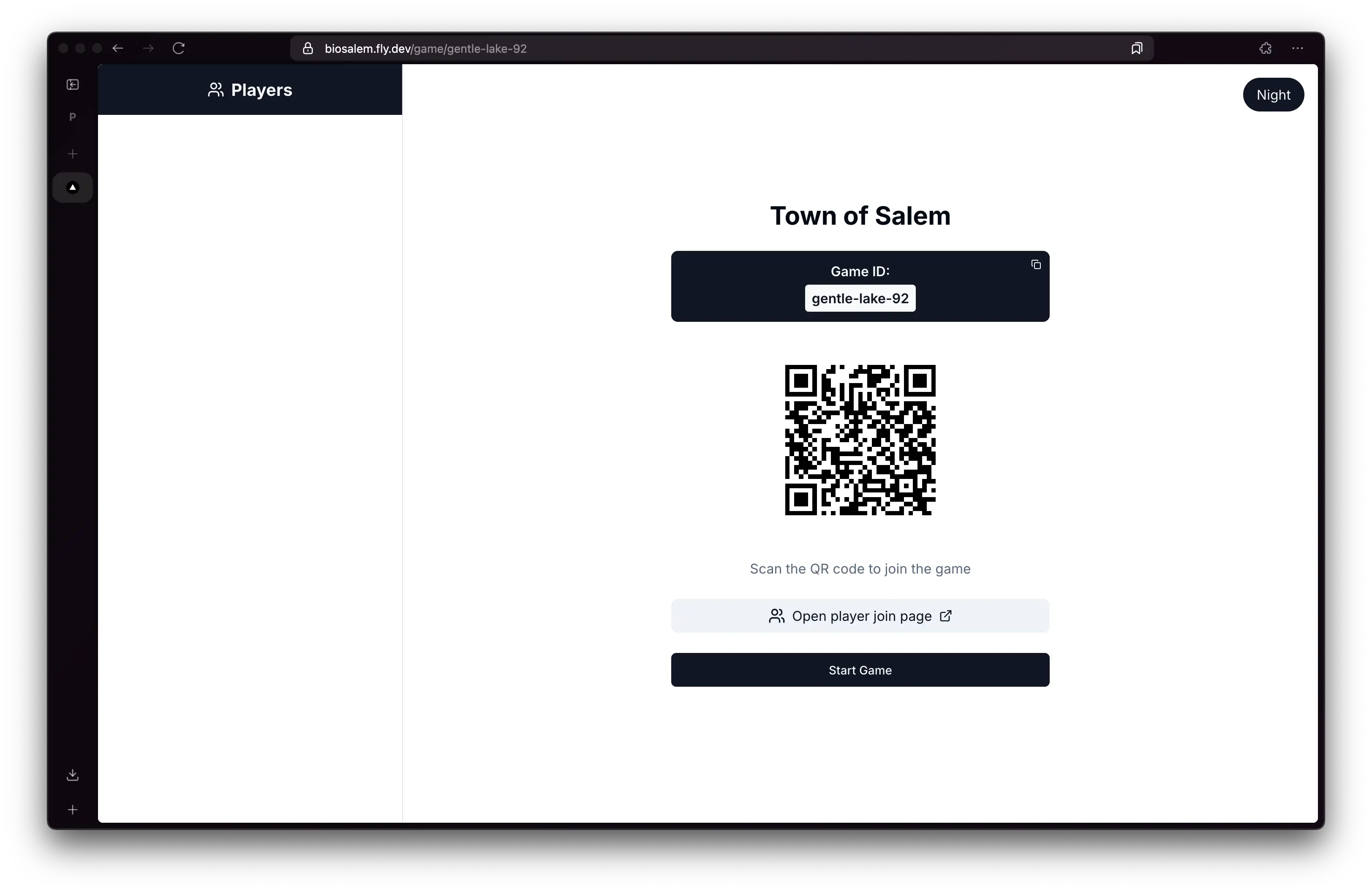

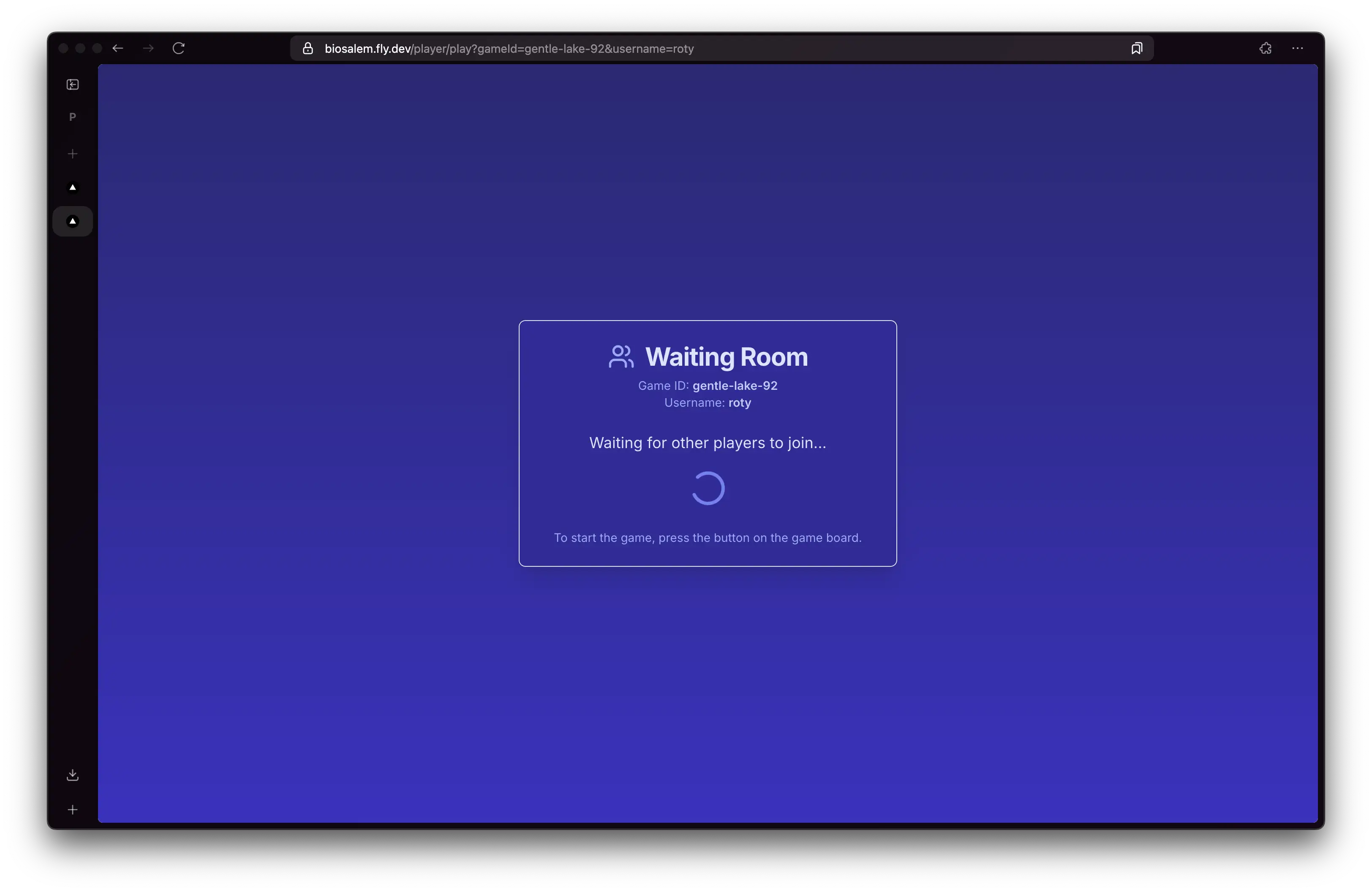

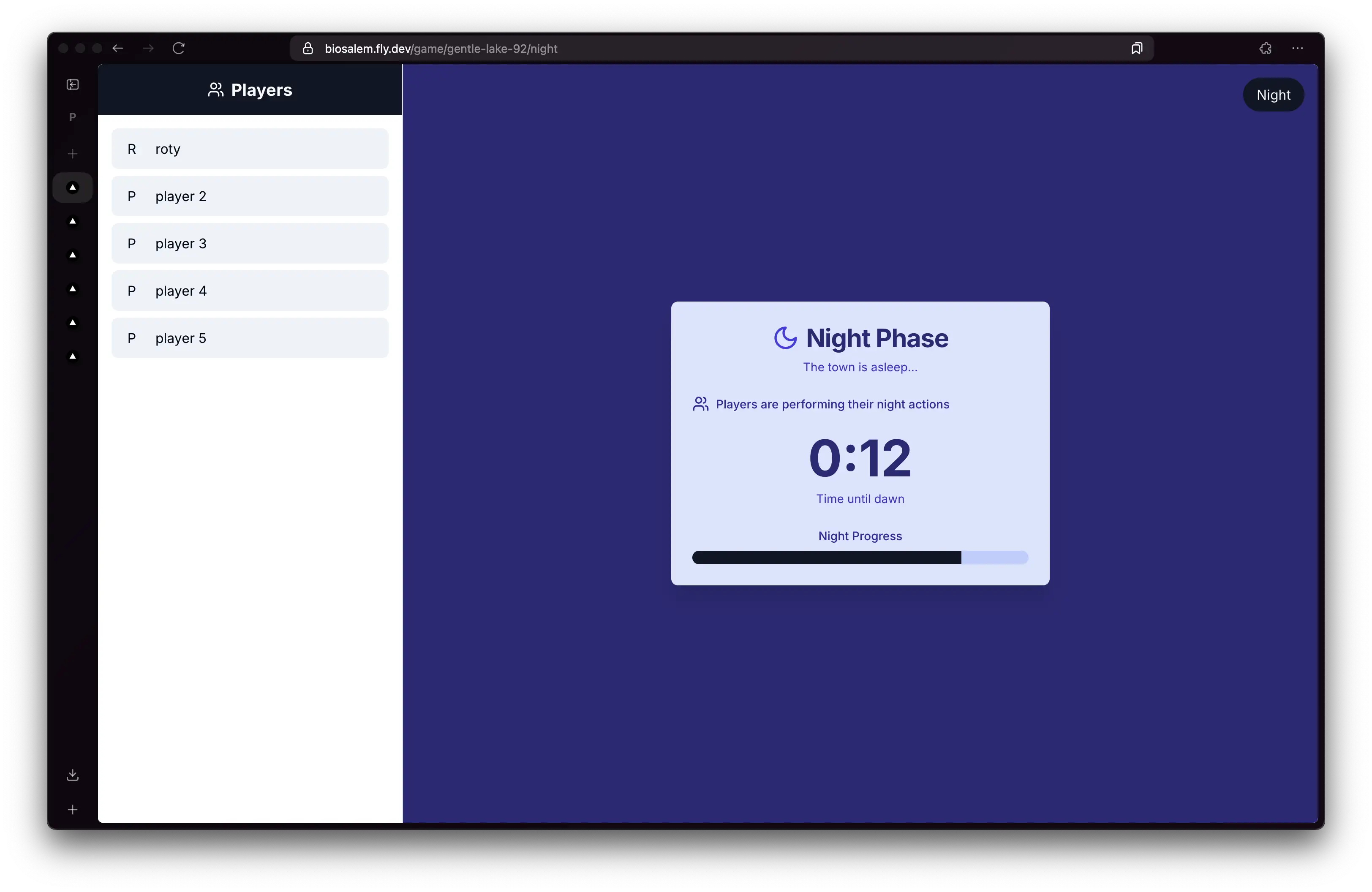
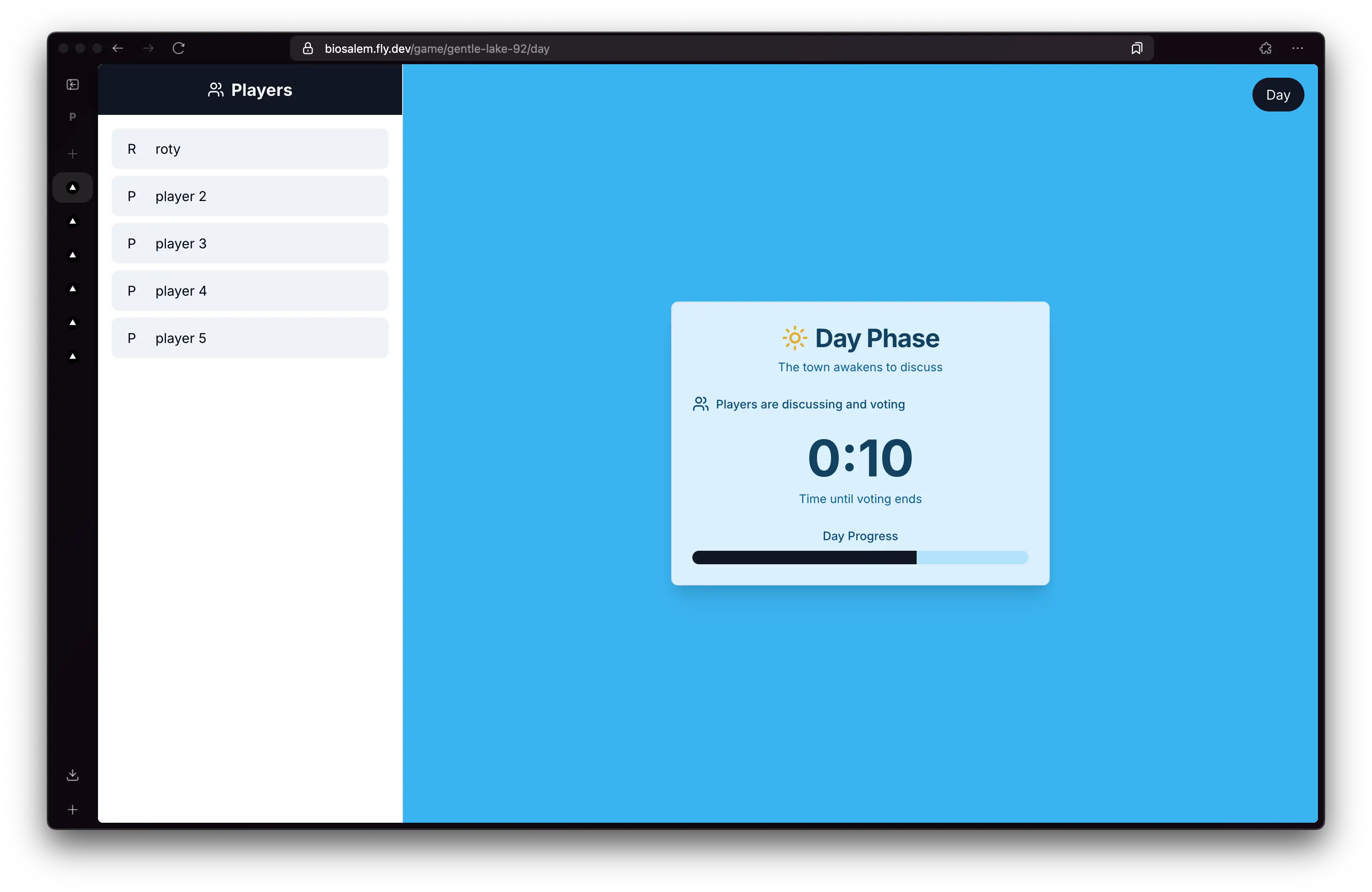
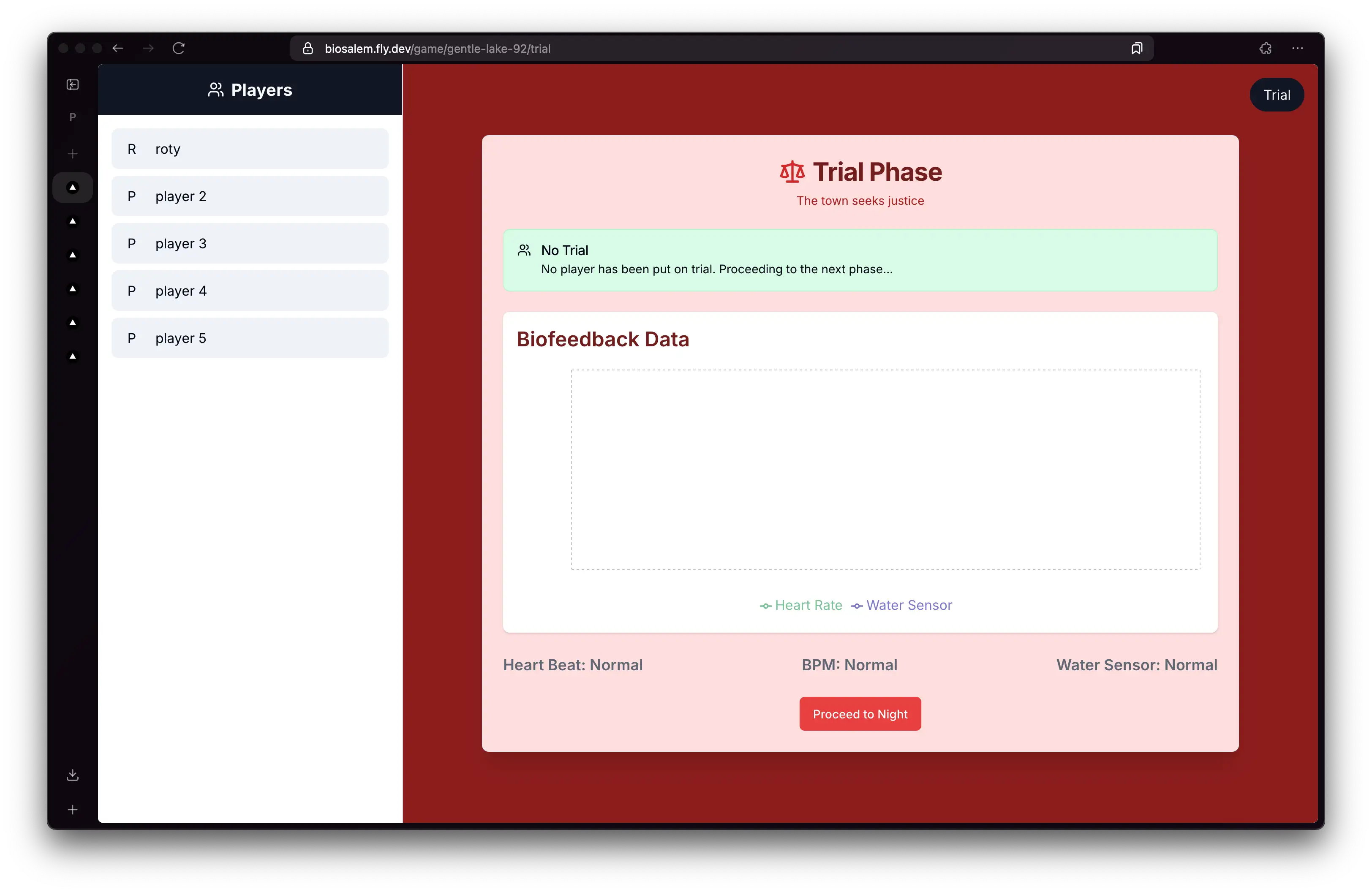
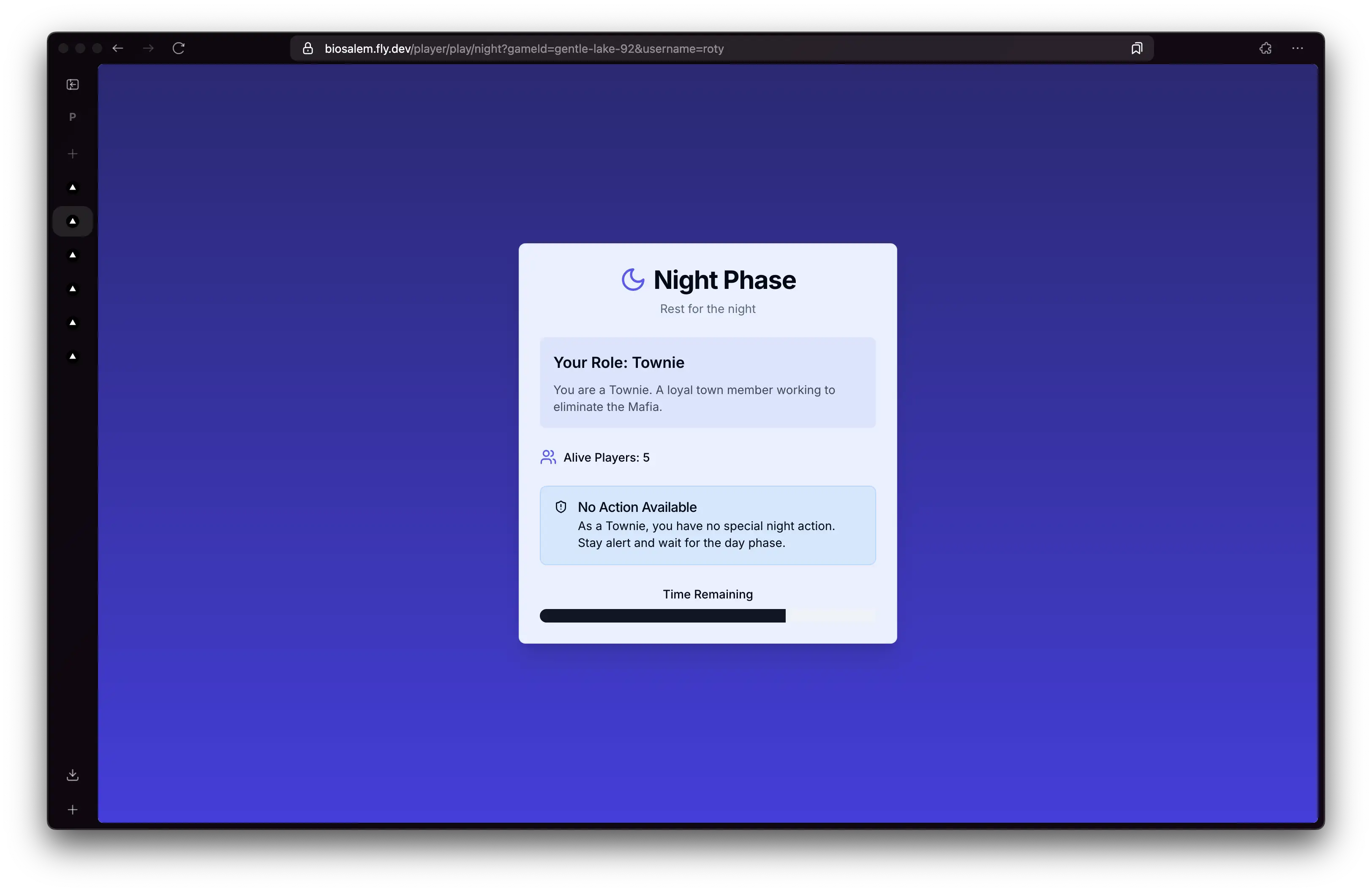
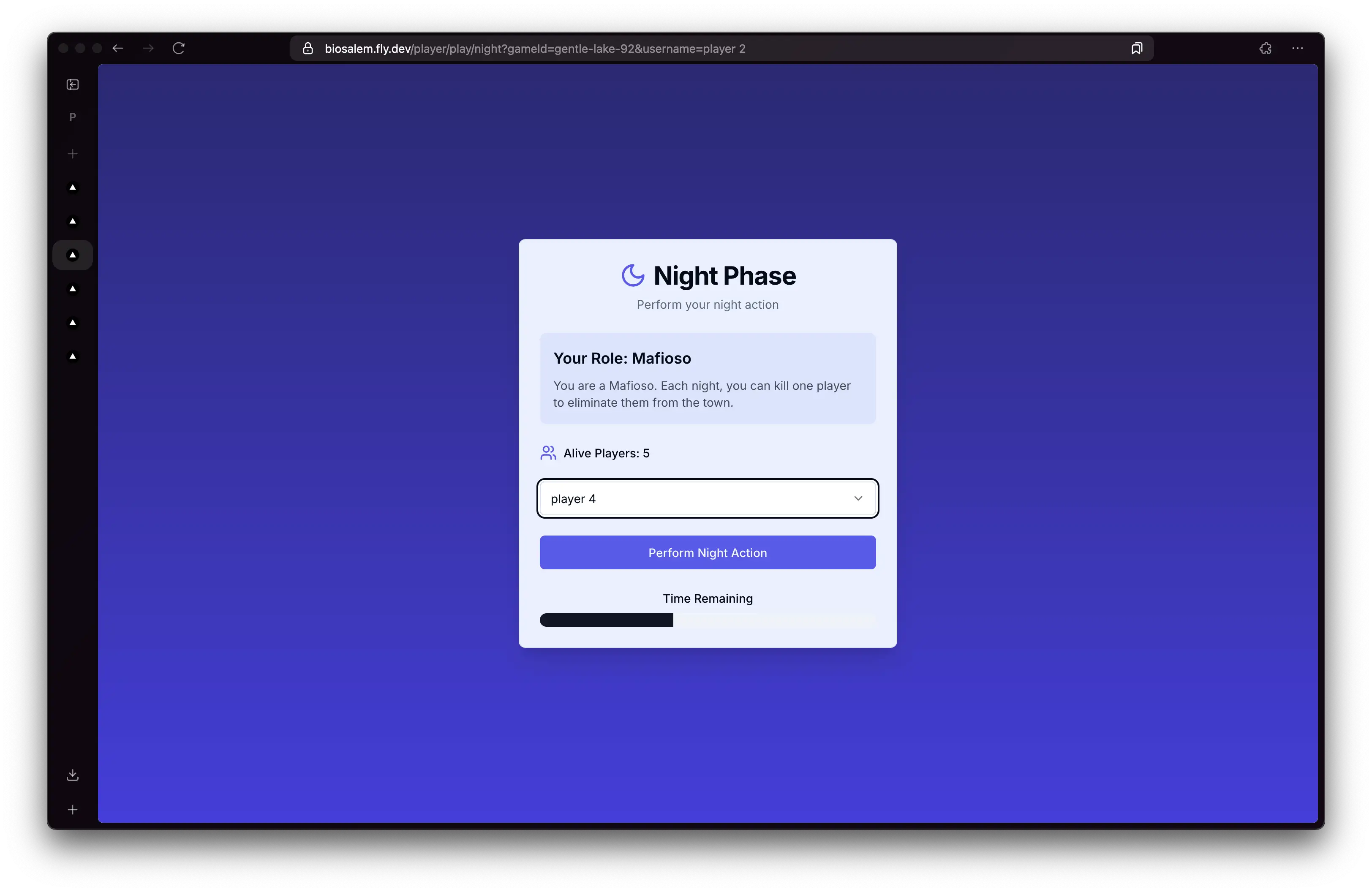
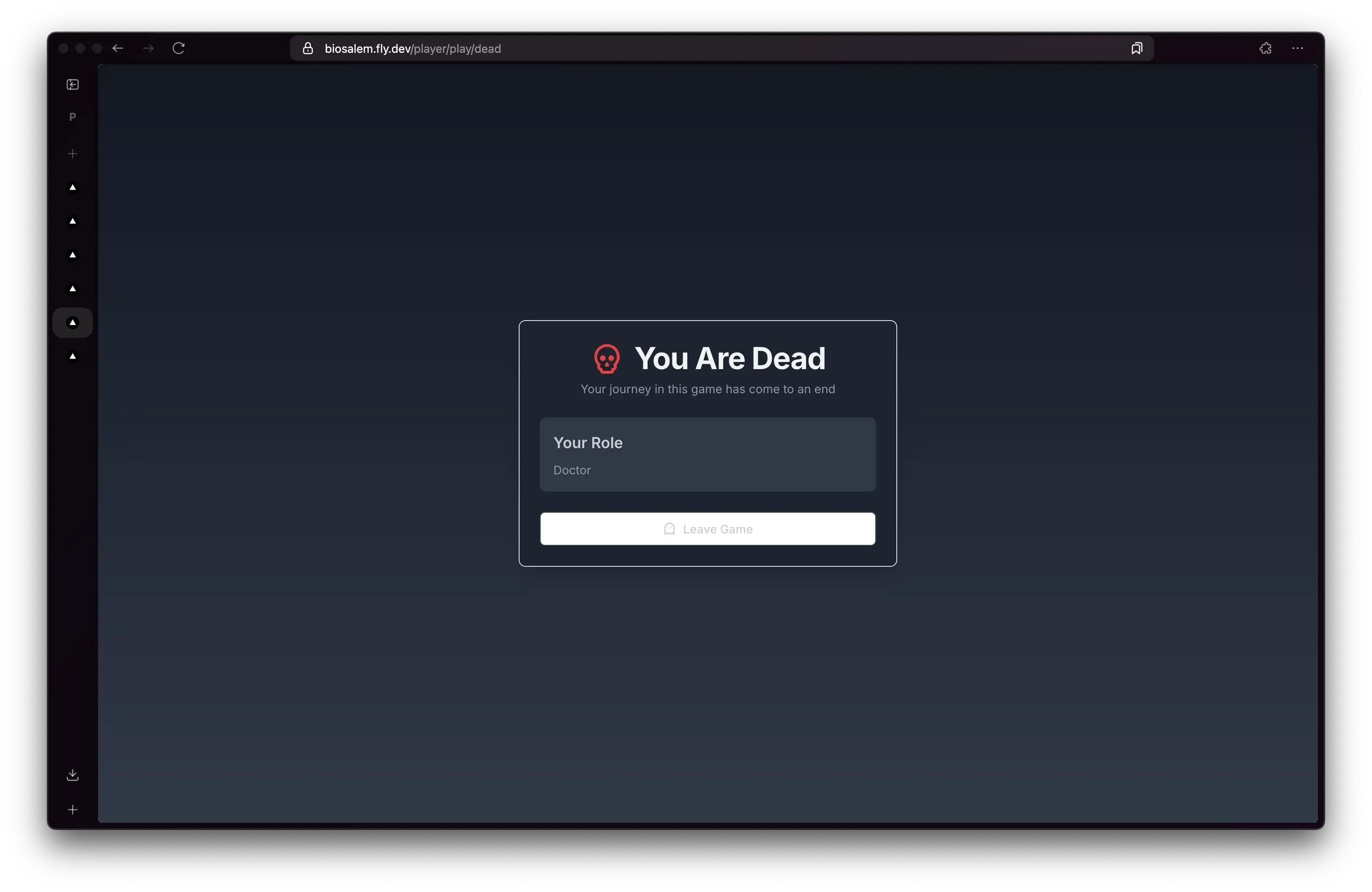
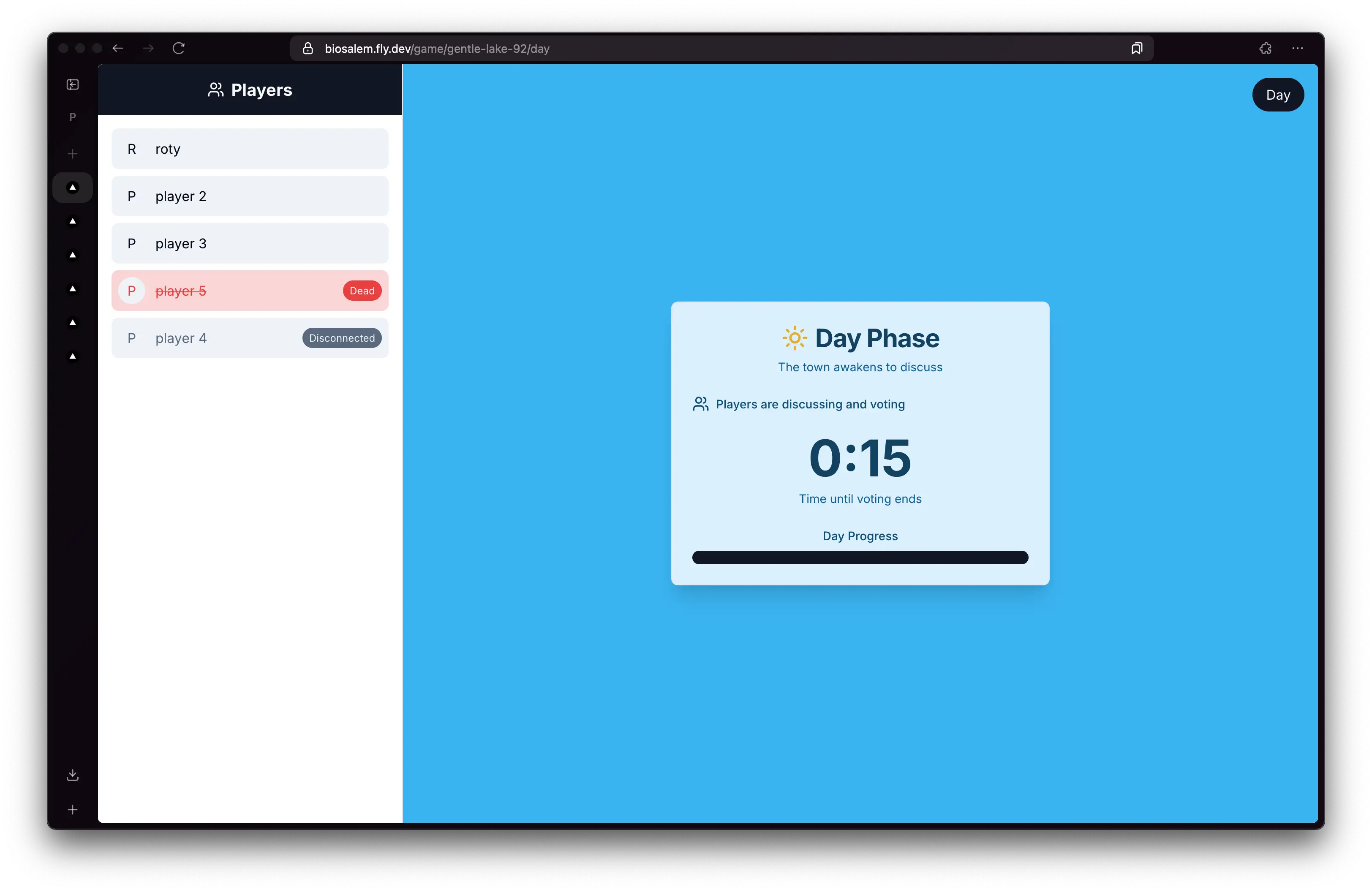

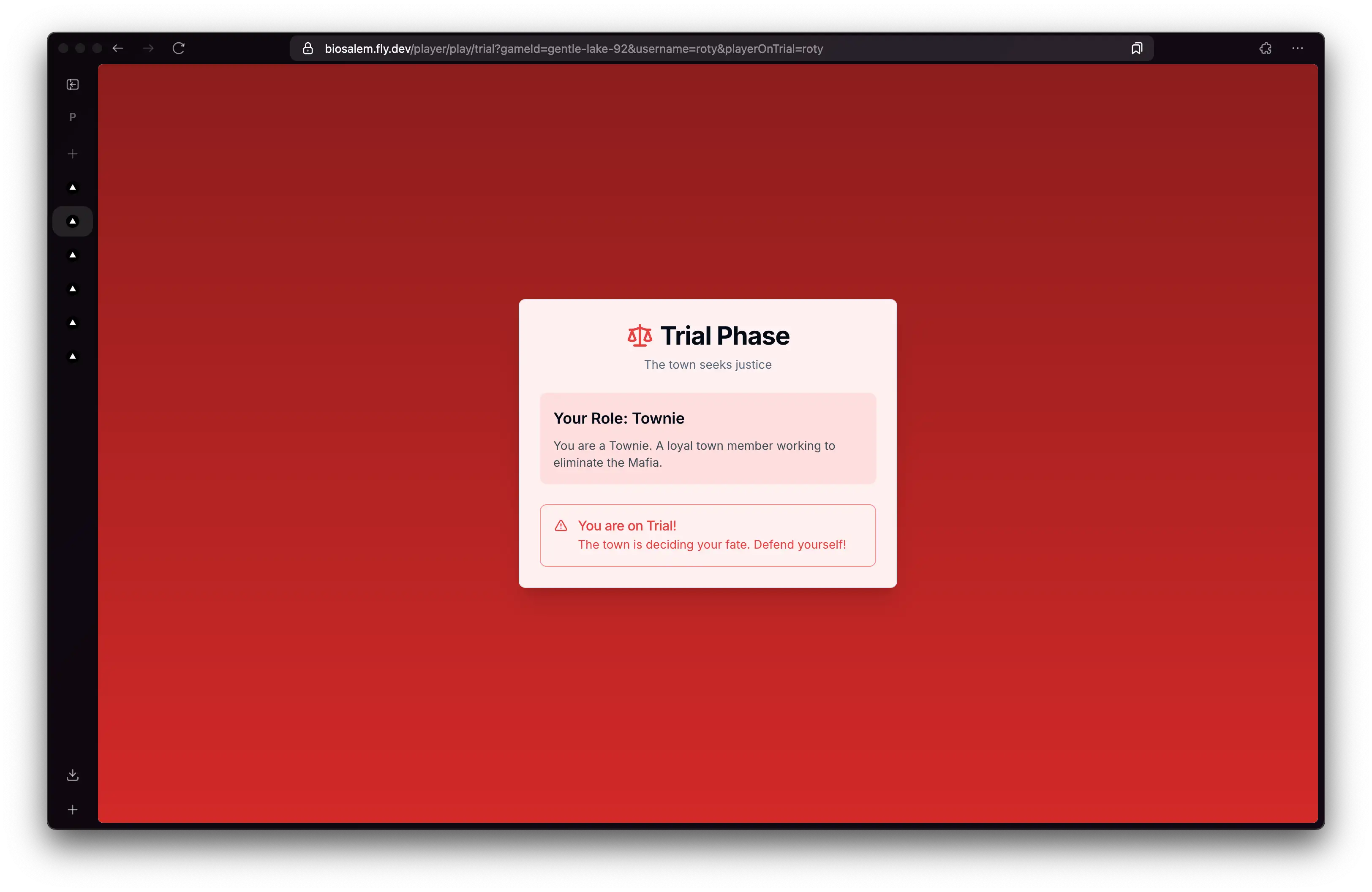
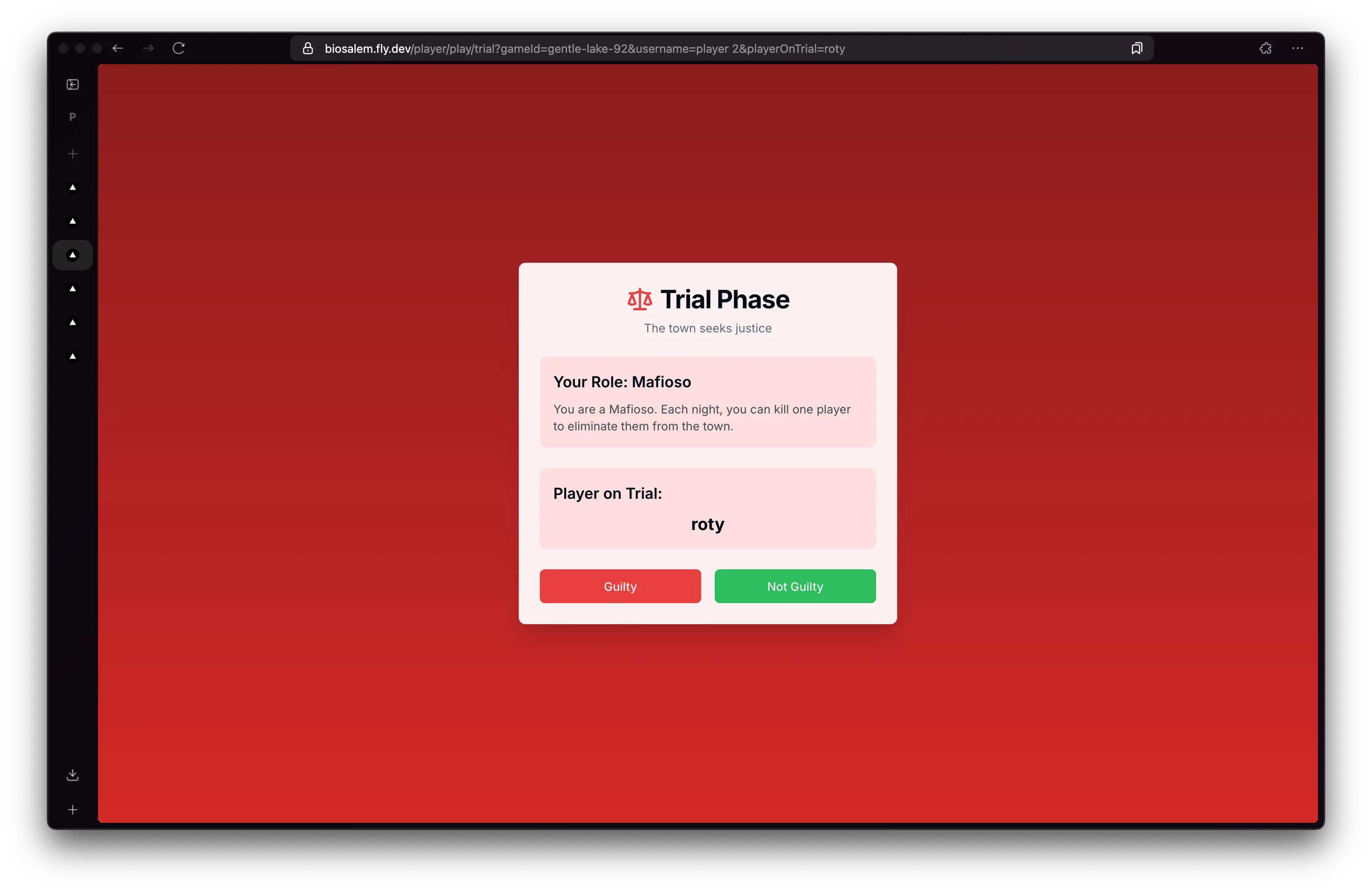
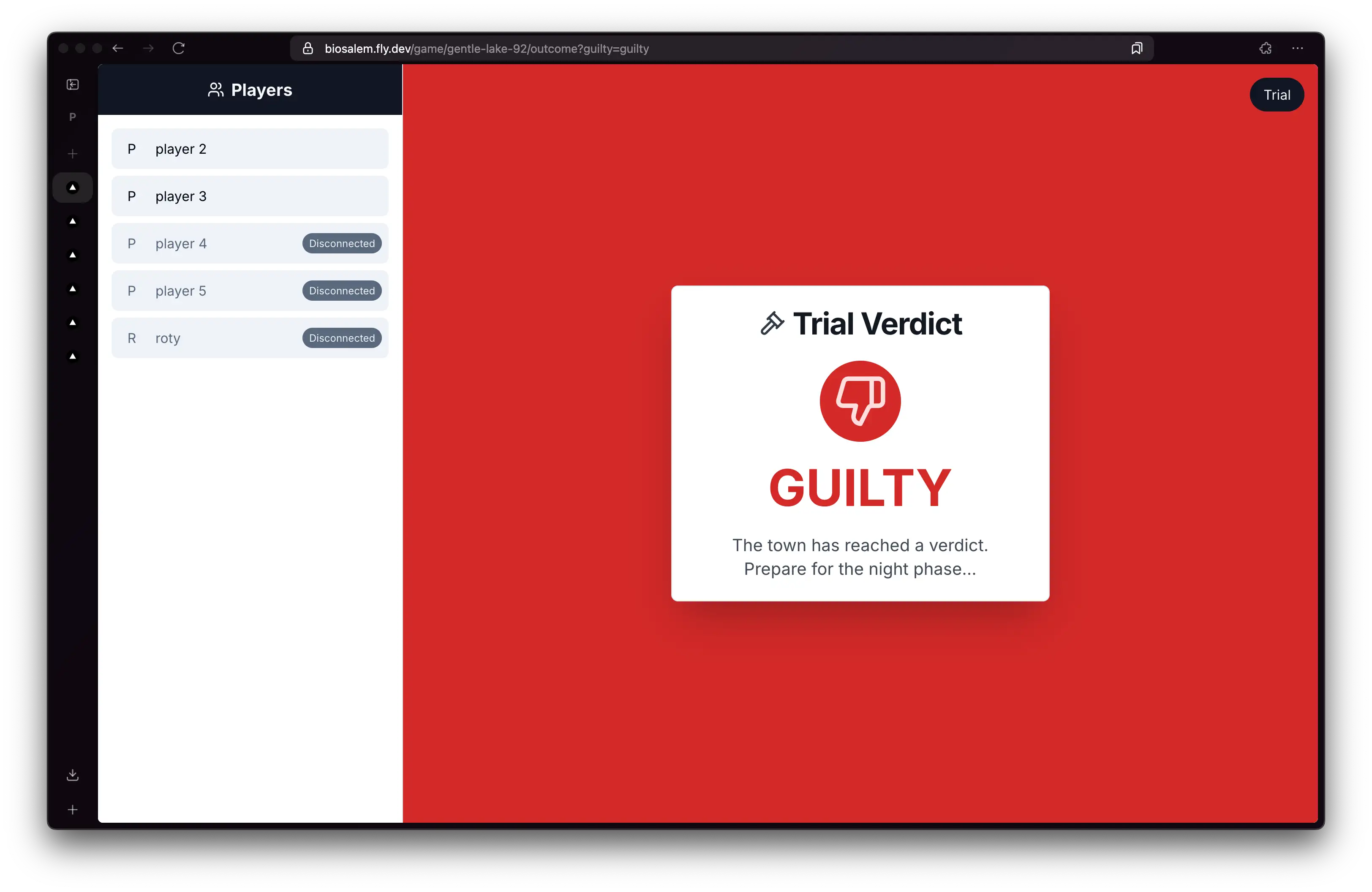

Want to Play?
Check out the live demo (patience may be needed for server spin-up). Questions or feedback? Contact me!
Built as a capstone project at The University of Queensland (UQ), DECO3801.